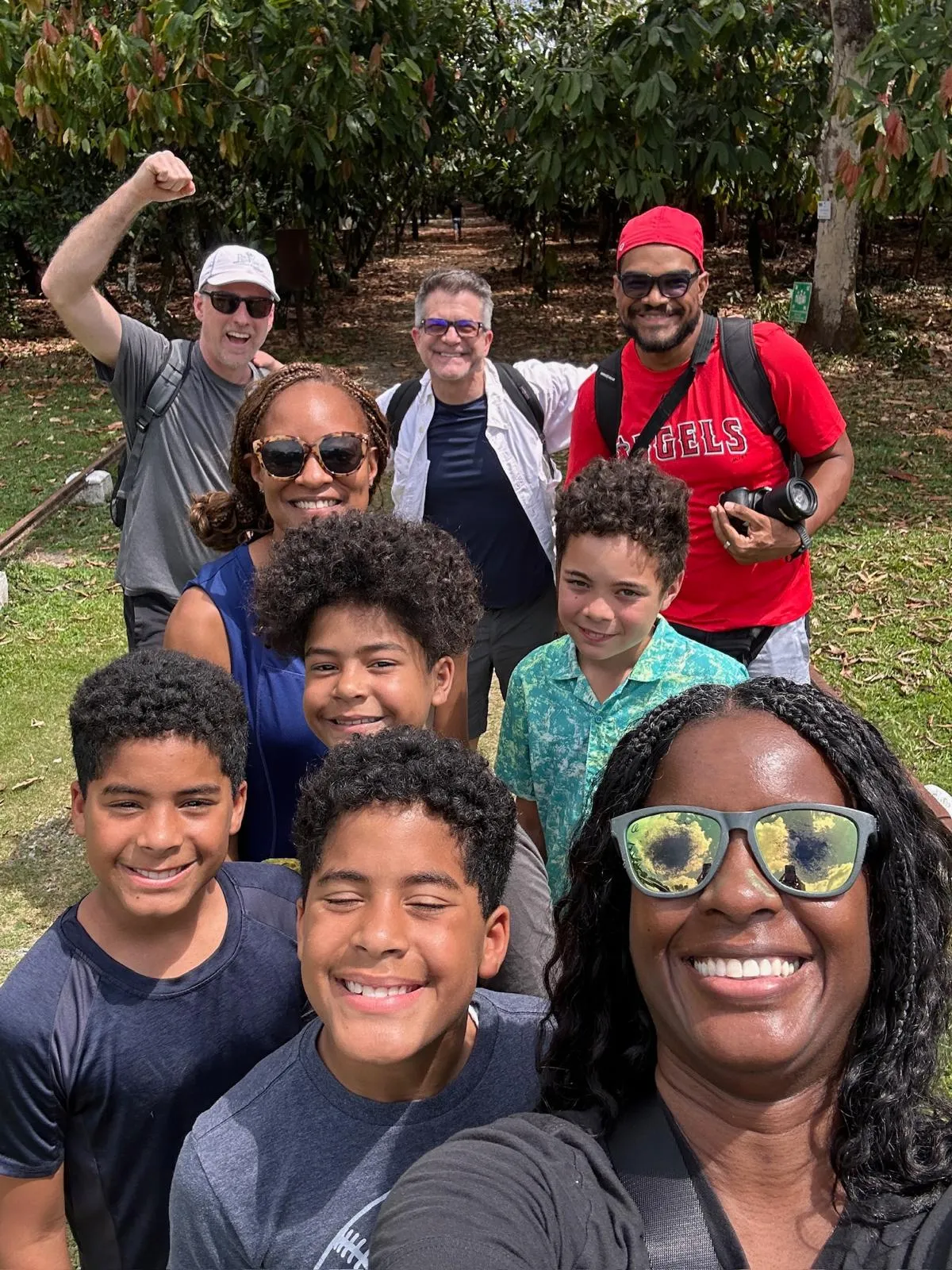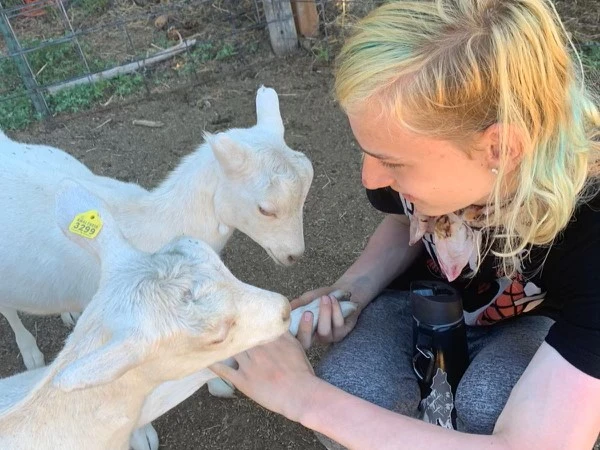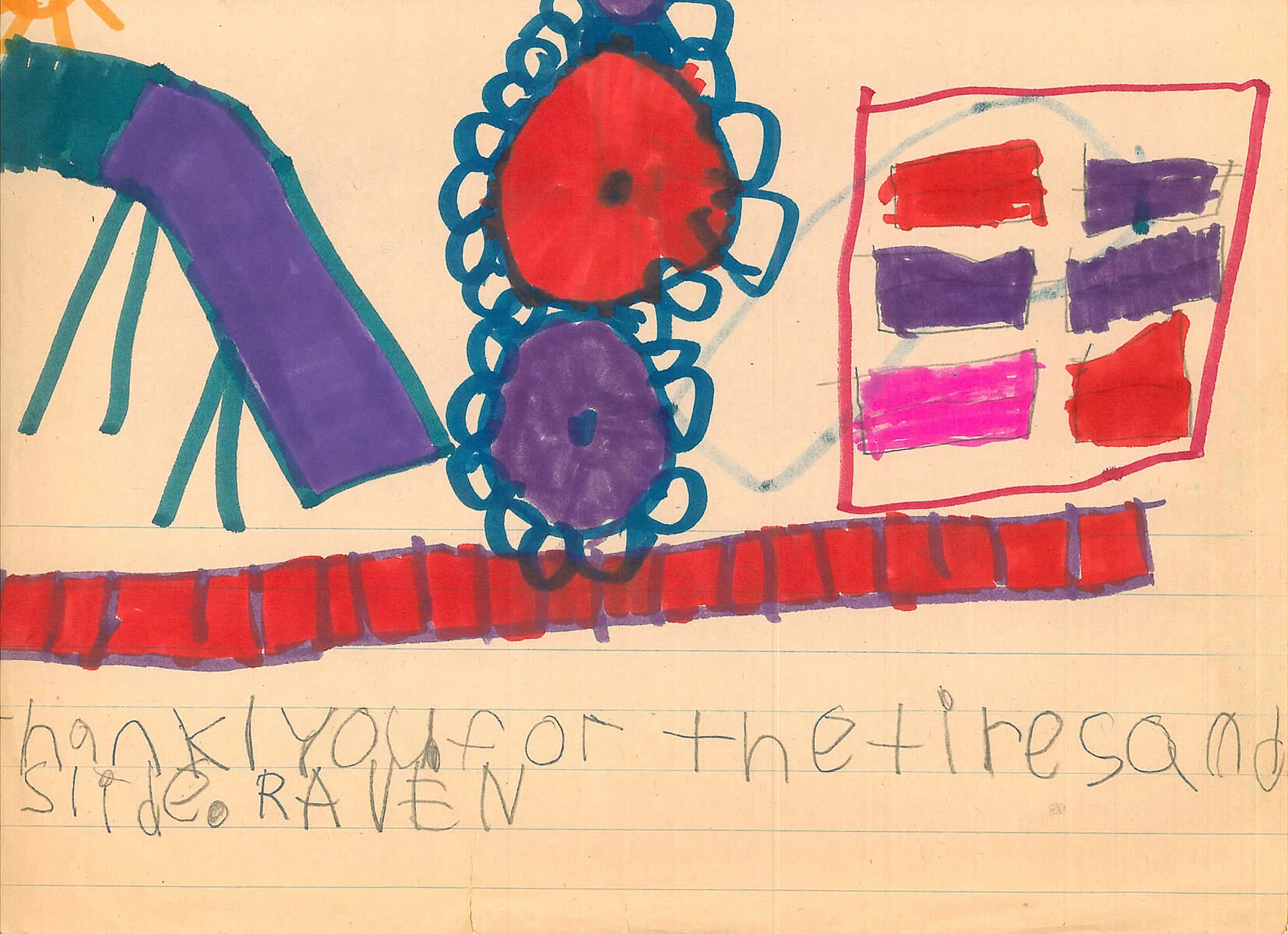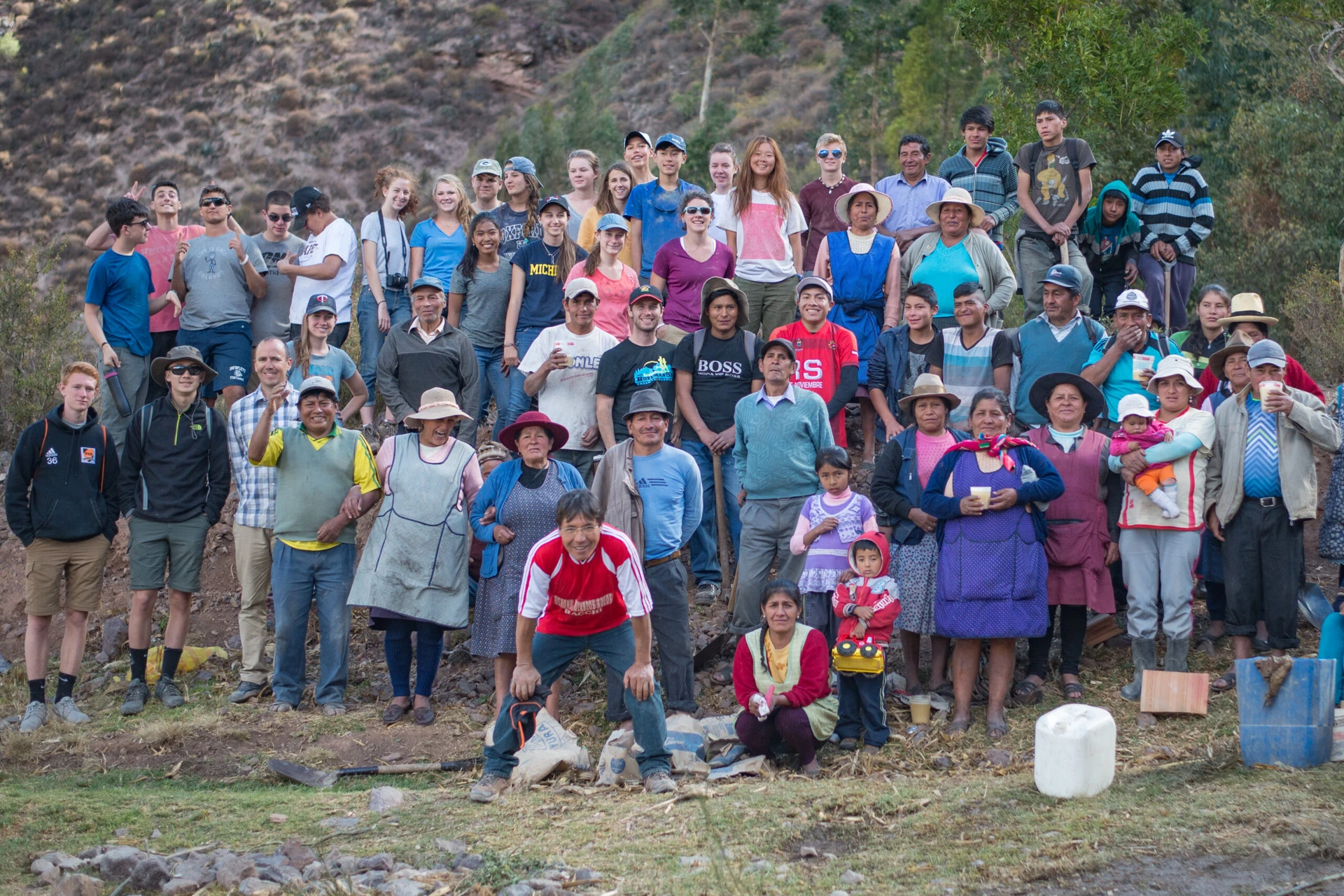For a month we lived in the Ba Vi district roughly an hour southwest of Hanoi at the Disabled Children’s Center enclave. Primarily, we helped create an occupational therapy garden for Center residents by constructing a 115 ft x 7 ft concrete path to the garden from the compound. Another 260 ft of concrete road was leveled, graded, mixed and poured. Ultimately, children at the Center will learn to cultivate, care for, and harvest the garden bounty. We ‘beautified’ the playground area and taught English songs and games to the children.
We explored Hanoi, its markets and craft villages, the Ho Chi Minh Mausoleum, Old Town and more. We traveled to Ha Long Bay, slept on house boats, kayaked, hiked and explored an island cave. By train we went to Sa Pa near the Chinese border where the villages, rice terraces, and sublime mountains held us enthralled. Our fifth and last week was all-out exploration. From Hanoi we traveled to the old capitol of Hue, the citadel and marketplaces and the DMZ. We continued south to take in Bach Ma National Park, the legendary beaches, Hoi An’s silk-producing factories and ancient ruins, and finally Da Nang.
Thank you to our 16 awesomely adventurous participants and their four amazing leaders; every child, young adult, every staff person at the Disabled Children’s Center; Mr. Nguyen Doan Cuong, Executive Director of Volunteers for Peace Vietnam, and especially Hoa, Ling and Trang—our very own VPV volunteers and excellent companions throughout.
Of course, listing projects and destinations conveys only part of what was experienced and accomplished on so many different levels. And so we offer here some reflections from Gretchen Bade, Program Director, and Marvin Mastin, projects leader, in hopes of providing a small window into VISIONS Vietnam.
Gretchen, from a mid-program email: Unforgiving and beautiful. My perspective on Vietnam can appropriately be captured through this dichotomy. Mixing, lifting and laying upwards of 6,000 pounds of concrete is unforgiving on my back, my shoulders, and breath. The satisfaction of sweat pouring down, of hard work and consistently exceeding expectations is beautiful.
The poverty, the lack of power (to light the way or cool oneself), the energy it takes to sustain oneself in the simplest of ways seems unforgiving. The smiles on peoples’ faces, their excitement in conversation and willingness to open their homes moments after meeting us is absolutely beautiful.
The weather—hot, humid, often oppressive, the lack of a breeze—is unforgiving. Lightning storms that take over the sky like fireworks, pink moons, the full moon, the karst outcroppings of Ha Long Bay, the terrace farms in Sa Pa, the sound of thunder, a thousand shades of green, the glasslike surfaces of rice paddies, a random rainbow, is utterly beautiful.
From another participant: Hanoi is a crazy place of noises, scooters, cabs, vendors, and people. It is easy to have sensory overload. All the senses are working overtime, especially the nose.
There are computer “houses” set up along the town road, and I find myself in one right now. Problem is the power can be out 4 to 8 hours a day. The Vietnamese shrug their shoulders, say “Vietnam is a poor country,” and sit back and laugh.
We have landed in a village of amazing hospitality and been invited into 4 homes already walking down the street. On our way out to eat we may very well end up in someone’s house eating and drinking tea.
The children at the center are a mix of deaf, orphaned, handicapped, and mentally handicapped. They have become very excited about Frisbee. Wes and I play catch in the evenings and instantly will have 30 kids around giving us thumbs up and the kind of attention ordinarily reserved for rock stars.
We have broken 8 shovels and 2 hoes. As is normal, the projects change daily with new instructions in Vietnamese. Our work area overlooks fields of rice paddies. Although by Vietnamese standards it is cool here now, it still leaves me drenched in sweat each morning.
The center had a celebration in the Ho Chi Minh room. The children put on sweet performances of singing and dancing. They dressed up and were so excited. It was really wonderful to see them so happy. These kids are utterly delightful and full of love. My best pictures so far are of either food or children—two of the best things about this country.
Morning is a good time for ancestral remembrance and worship. Everywhere you travel in Vietnam along the roads, in shops, restaurants, bars, mountain tops and living rooms are small altars set up for the ones who came before you. They are subtle in essence but powerful in their meaning to the people of this country. Fruit, meats, beverages, and incense are given at the altars in the morning time usually, but incense may burn all day long. I really didn’t notice these symbols as much upon first arriving but I notice them now and look for them to orient myself in a new place. I, too, thank the ones who came before me and have needed them to orient myself during my life.
The mountains were swallowed by clouds and fog. Upon drawing closer to Sa Pa, we began seeing people dressed in traditional clothing. Indigo blue adorned with embroidery, silver, silk, and weather-etched faces mobbed us at the hotel. “BUY FROM ME, YOU BUY FROM ME.” Twenty girls and women ranging in age from 5 to 60 with the best English I have yet heard in Vietnam.
“If I had a home in hell and a farm in Vietnam I would sell the farm and go home”—The inscription on a lighter I bought on the streets of Hue City where intense fighting took place during the war. The lighter had once been owned by an armed tank enlisted man.
Hoi An is the most charming of any place we have seen… lined with tailor shops, art galleries, and cafes inside historical old buildings. We are right by the Ocean and this place has yet to be developed, but it is coming fast. In many places there are billboards announcing proposed projects. I imagine this area will be very different in 10 years. Progress is progress, and progress must grow despite the truffula trees that blow in the breeze.






